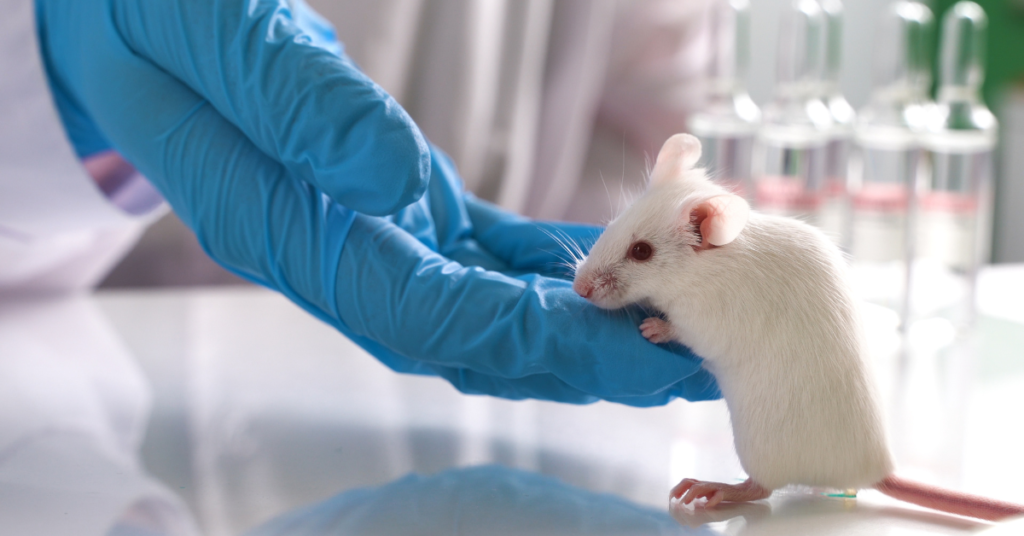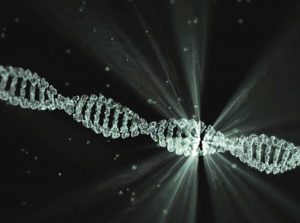
Written by Dr. Ambika Tewari
Edited by Dr. Larissa Nitschke
The abnormal activity of cells in the deep cerebellar nuclei and Purkinje cells correlate with the early onset of motor symptoms in a mouse model of SCA3
The cerebellum has an established role in maintaining balance and posture and coordinating motor movements. Damage to the cerebellum can lead to impaired coordination of muscle movement, known as ataxia. There are several genetic causes of ataxia. Spinocerebellar ataxia type 3 (SCA3), also known as Machado-Joseph disease (MJD), is caused by an abnormal CAG repeat expansion in the ATXN3 gene. One hallmark of SCA3 is progressive ataxia. In this study, the labs of Dr. Patrícia Maciel and Dr. Kamran Khodkahah joined forces to advance their understanding of the mechanisms that drive the etiology of SCA3.
A mouse model of SCA3, CMVMJD135, was made by the lab of Dr. Patrícia Maciel in 2014. This mouse expresses the mutated human ATXN3c isoform containing 135 CAG repeats under the control of a cytomegalovirus (CMV) promoter. In the mouse, this promoter allows the stable and ubiquitous expression of mutated human ATXN3c. These mice show a progression of motor symptoms with age, and accumulation of ataxin-3 intranuclear inclusions in cells throughout the brain, symptoms comparable to those seen in human patients with SCA3.
In this new study, the Khodakhah lab re-evaluated the progression of motor symptoms in the CMVMJD135 mouse model. They used two established motor behavior tests, the open-field and the parallel rod floor test. In both tests, the SCA3 mice showed an age-dependent worsening of motor coordination with more frequent slips and reduced mobility. SCA3 mice undergo neuronal cell loss in the deep cerebellar nuclei at around 56 weeks of age. That’s very old in mouse years! In patients with SCA3, loss of cells in the deep cerebellar nuclei is also seen in later stages of the disease.
Neurons, a type of cell in the brain, carry information in their firing rate. The firing rate is the language used by neurons in the brain to communicate with each other. Cells in the deep cerebellar nuclei of the cerebellum carry movement-related information in their firing rate. In the cerebellum, the timing of these messages is very important to ensure precise movements. Electrophysiology is a tool used by researchers to listen and record the messages communicated by neurons. In this study, the researchers used electrophysiology to record the activity of the deep cerebellar nuclei neurons in mice at different ages. They found that the messages were irregular, as early as 12 weeks of age, when abnormal motor symptoms are generally mild. Surprisingly, as the animals aged, the messages stayed the same and did not worsen over time.
The circuits of the cerebellum have been studied by numerous labs in great detail so we have a good understanding of the various cell types and their inputs and outputs. To determine the source of the irregularity of the messages in the cells of the deep cerebellar nuclei, the researchers turned to the Purkinje cells. The cells of the deep cerebellar nuclei receive messages from Purkinje cells, a major cell type within the cerebellum. The Purkinje cell is a computational powerhouse because it receives and processes many messages before it is relayed to cells in the deep cerebellar nuclei. Recordings from Purkinje cells in the SCA3 mouse model were also irregular at 12 weeks of age. Like cells in the deep cerebellar nuclei, there was no progression of increased irregularity in Purkinje cells as the mice aged. This data likely implicates the Purkinje cells as the source of the erratic messages in the deep cerebellar nuclei.
To further investigate the message encoded in Purkinje cells, the researchers performed electrophysiology in slices prepared from the cerebellum of SCA3 mice at different ages. Purkinje cells are intrinsically active, which means that they have an internal language even when they are devoid of input from other cells. In the SCA3 mice at 12 and 34 weeks of age, the intrinsic language was found to be highly irregular but only in a specific anatomical region of the cerebellum. Since the internal language of the Purkinje cells is altered, its ability to correctly encode incoming information will be impaired. Like the game of telephone, this erratic message is relayed to the output of the Purkinje cells, the deep cerebellar nuclei, likely resulting in abnormal movements.
This study shows, that early in the course of the disease, in a mouse model of SCA3, both Purkinje cells and cells in the deep cerebellar nuclei encode faulty messages. Since these erroneous messages did not worsen over time, there was no direct correlation between the encoded messages and the worsening of motor symptoms with age. The authors concluded that communication of these faulty messages can be a source of motor dysfunction and contribute to ataxia. In this case, identifying the mechanisms to improve the language and communication of the cells within the cerebellum could be a good therapeutic strategy in this mouse model of SCA3, and hopefully can be translated to human patients. In addition to ataxia, SCA3 patients also display other motor symptoms that might involve areas of the brain outside of the cerebellum, including the brainstem. Similarly, in the SCA3 mouse model, the motor defects measured by the open field and the parallel rod floor test can be a combination of erratic messages not limited to the cerebellum. While the cerebellum does play a crucial role in coordinating movements, it is highly connected to other brain regions, which provide inputs and/or receive outputs. Therefore, additional studies are required to determine the contributions of these other regions to the pathophysiology in the SCA3 mouse model.
Key Words
CAG: stands for cytosine, adenine and guanine, the bases that are part of the structure of DNA. In SCA3, cag appears multiple times in a row.
Isoform: any two or more functionally similar proteins that originate from a single gene and have a similar but not identical sequence of amino acids.
Promoter: a DNA sequence that controls when and where a gene is expressed.
Inclusions: commonly found in neurons in neurodegenerative disorders, they comprise of aggregates of specific types of proteins
Electrophysiology: the study of the electrical properties of biological cells and tissues
Conflict of Interest Statement
The author and editor declare no conflict of interest.
Citation of Article Reviewed
Mayoral-Palarz, K, et al. Cerebellar neuronal dysfunction accompanies early motor symptoms in spinocerebellar ataxia type 3. Disease Models and Mechanisms, 2022 Aug 1; 15(8) (10.1242/dmm.049514)

Interrupciones en las repeticiones están asociadas con ataques epilépticos en SCA10
Escrito por Dr Hannah ShorrockEditado por Larissa NitschkeTraducido por Ismael Araujo-Aliaga Interrupciones en las repeticiones en SCA10 influyen en la estabilidad del tramo repetido y están asociadas con ataques epilépticos Read More…


Genetic variants in the NPTX1 gene cause cerebellar ataxia
Written by Dr. Hannah K Shorrock Edited by Dr. Celeste Suart Three genetic variants in the NPTX1 gene have been linked to cerebellar ataxia, providing a genetic diagnosis for seven Read More…


Cientistas desenvolvem uma nova abordagem para avaliar ataxia em casa
Escrito por Ziyang ZhaoEditado por Dr. Hayley McLoughlinTraduzido para o Português por Priscila Pereira Sena Um aplicativo para celulares recentemente desenvolvido permitirá aos pacientes avaliar a ataxia em casa. Há Read More…









